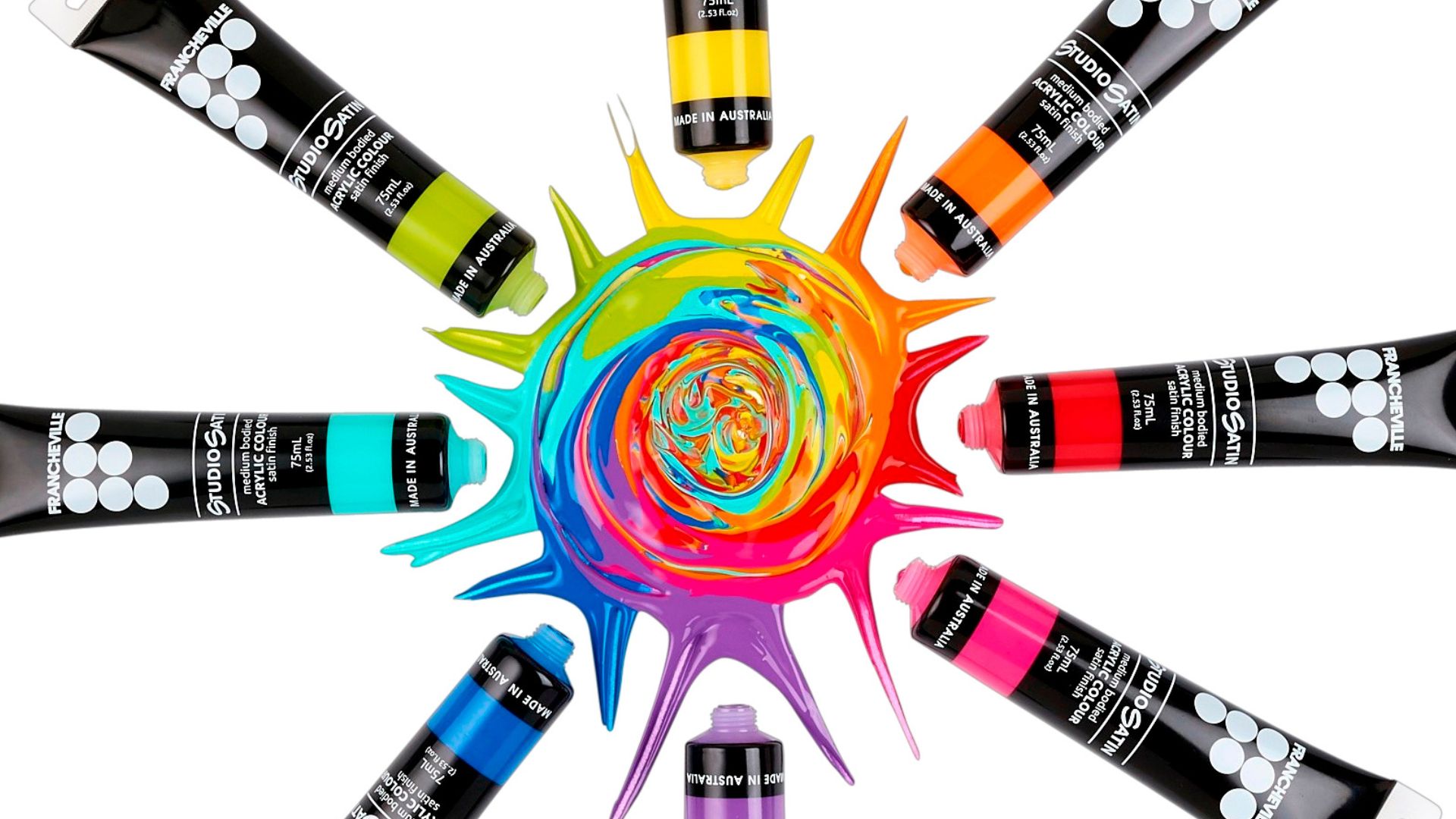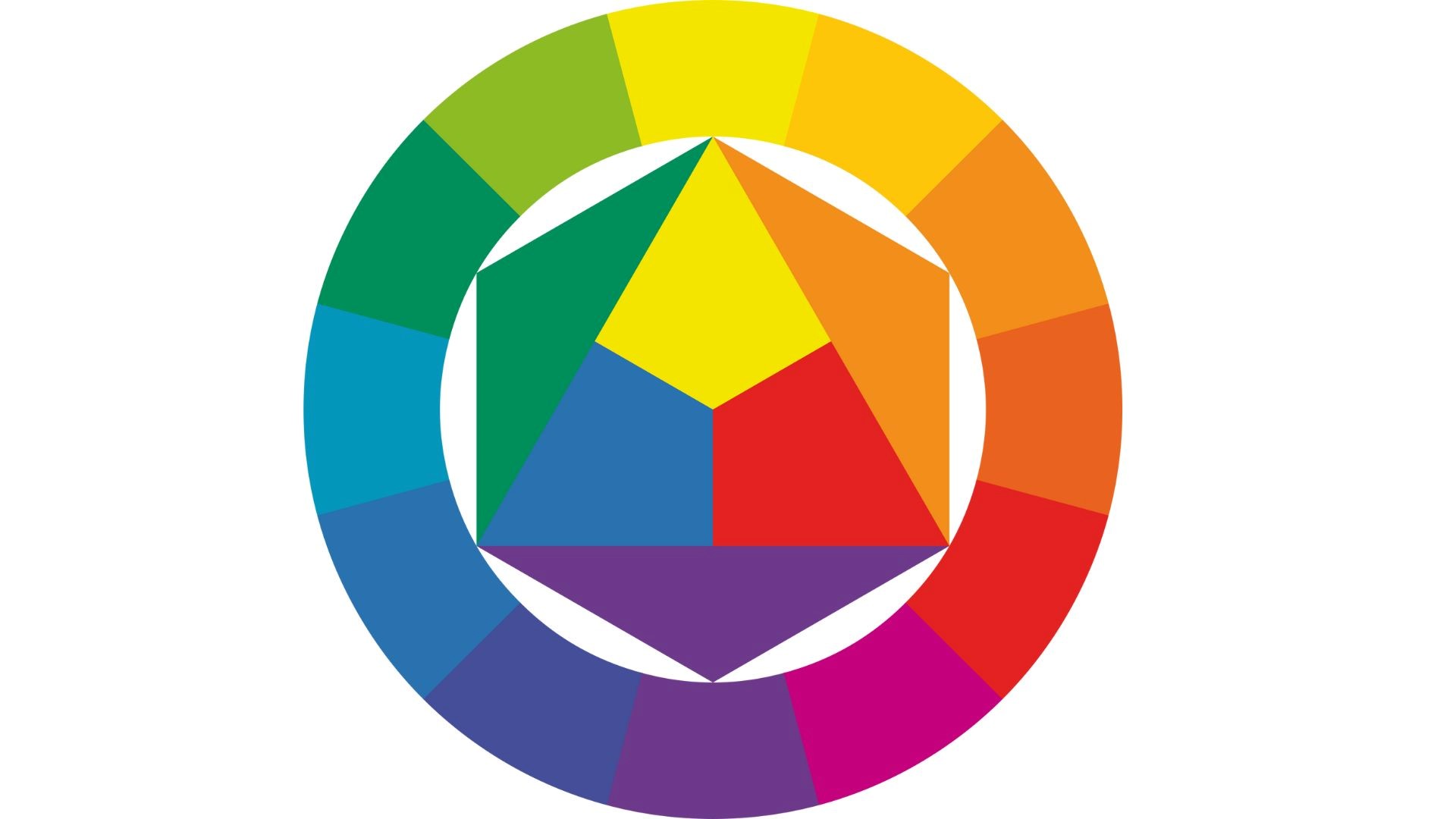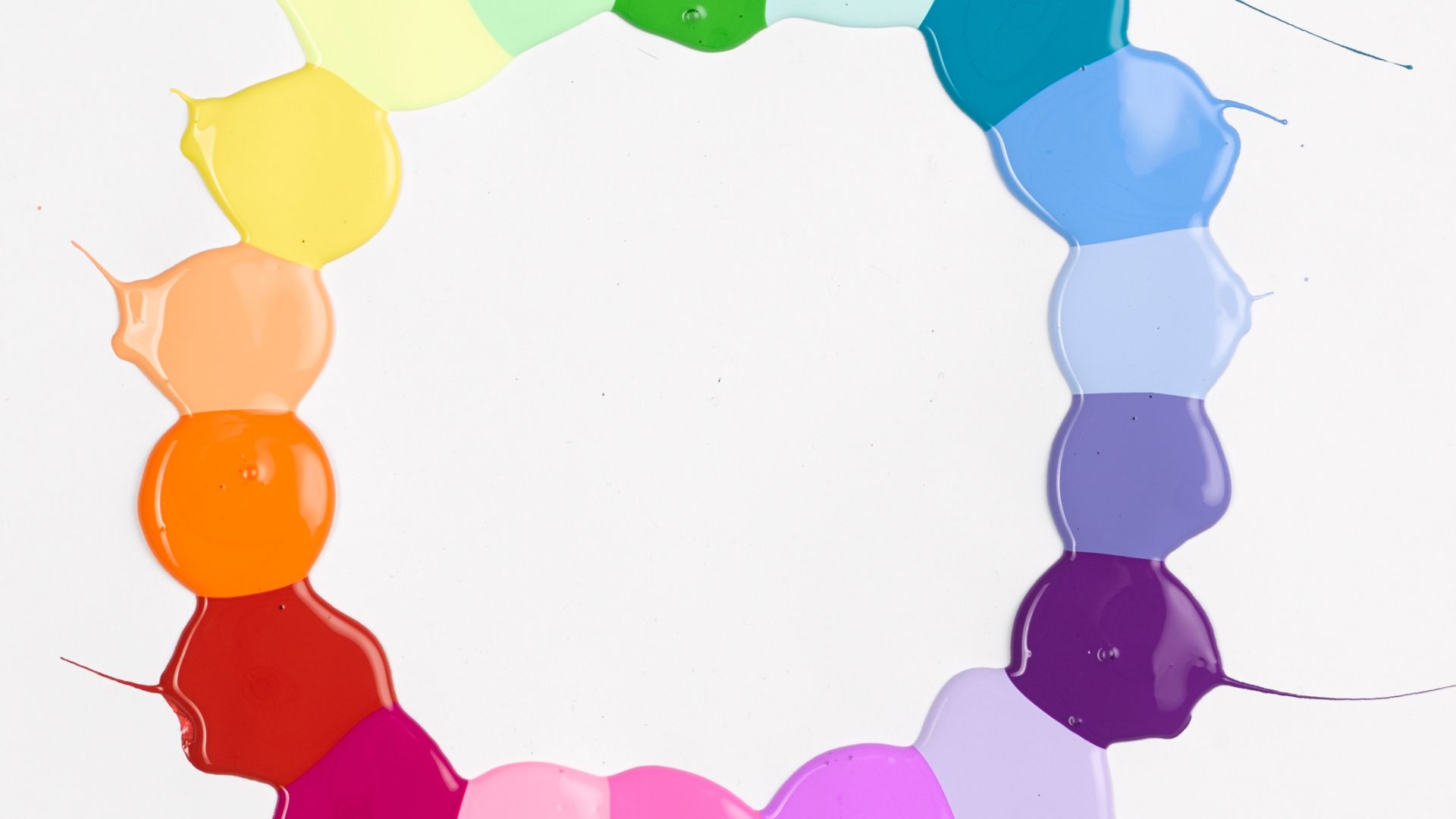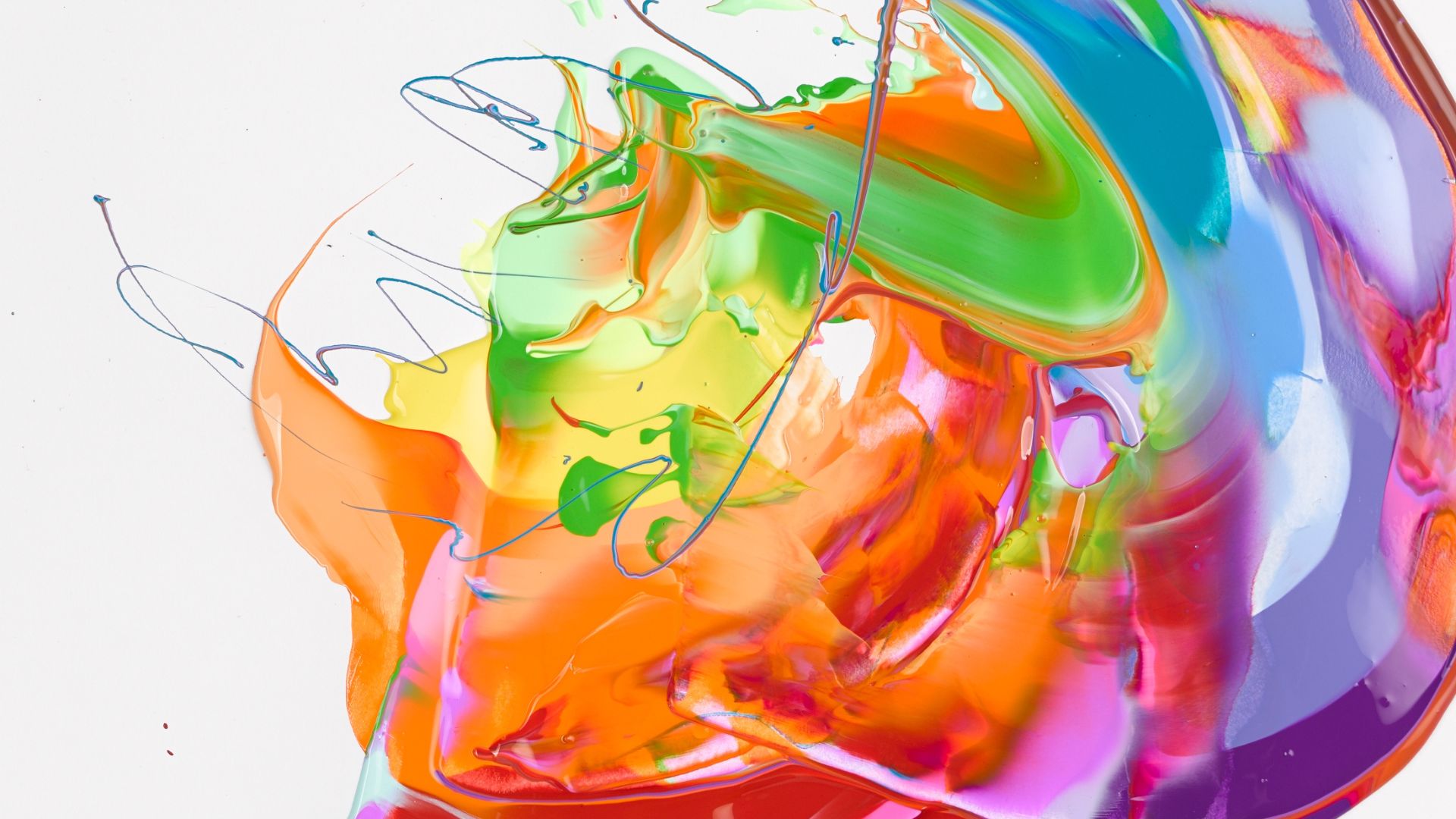 | ||
| Your browser is not supported. | ||
|
Please browse our site using any of the following options:
| ||
How To Mix Paint Colours

If you love to paint, you'll know the pain of wishing you had the perfect shade or colour when you don't have it on hand, or you can't find it at your local art store. While the range of paint supplies at Spotlight is vast, having the ability to make your own colours means you'll never be without the perfect hue for your artwork!
While everyone knows basics like mixing red and white for pink, or red and yellow for orange, there are colours that can be much harder to make at home like brown, gold and even black. We'll go through how you can make these with primary colours at home, as well as how you can consult a colour wheel to help you find the best colours to pick when blending.
Quick Links
- Why You Should Mix Your Own Paint Colours
- How To Use A Colour Wheel To Mix Paints
- How To Make Skin Colour Paint
- How To Make Brown Paint
- How To Make Black Paint
- How To Make Gold Paint
- How To Make Purple With Paint
Why You Should Mix Your Own Paint Colours
There are many advantages to mixing your own paint colours, including:
- Saving money. This is especially true if you only need a small amount of a special colour. Rather than going out to buy a whole new tube, you can create the small amount you need out of existing colours.
- Having greater control over your colour choices. You can create precise colours and shades to suit your vision, rather than being hindered only by the paints you have on hand.
- Adding special effects to your paint. Being able to create your own paint colours means you can also add special effects like glitter, pearlescent shine, metallic flakes or a matte finish.
If you love to paint, you'll know the pain of wishing you had the perfect shade or colour when you don't have it on hand, or you can't find it at your local art store. While the range of paint supplies at Spotlight is vast, having the ability to make your own colours means you'll never be without the perfect hue for your artwork!
How To Use A Colour Wheel To Mix Paints
A colour wheel is a great tool when it comes to deciding which colours to use in your art, and that applies to mixing colours too. A colour wheel will show you which colours look nice together, while also helping you pick opposing colours you can use to make brown and black (more on that later). Being able to identify your primary, secondary and tertiary colours, as well as complementary colours (colours opposite each other on the wheel) will help you know which ones you should and shouldn't mix.

How To Make Skin Colour Paint
One of the hardest colours to create is a natural-looking skin tone. There are so many variations in skin tone, and no one has a skin tone that is all one colour either!
Light skin tones
Get your primary colours (blue, red and yellow) and mix together in equal amounts. Add small amounts of white and yellow to lighten the tone to the colour you need. You can then add extra colours for more effects - use red for a rosier complexion, or add a mix of yellow and red for a more tanned look.
Medium skin tones
Creating medium skin tones still uses a mix of primary colours but with the addition of common brown paints like raw sienna and burnt umber. Start with a blend of yellow and red, with less blue than you would use for a light skin tone. More red will mean a rosier shade, while more yellow will lead to a tanned shade. If you need to go darker, add very small amounts of black paint until it reaches your desired shade. For a more olive skin tone, add a mix of burnt umber and raw sienna instead of blue at the start.
Dark skin tones
You'll need to start with more colours than other skin tones here - red, yellow, purple, raw sienna and burnt umber. Mix your browns together to make a base tone, then your red and yellow to create a second base tone. Blend both of these bases to create a single colour. You can add yellows to lighten it, purple to darken it or red for a rosier shade. Avoid black, as there are too many colours in this shade already, and it may muddy your result.

How To Make Brown Paint
Learning how to make brown paint is easy - all you need to do is mix your primary colours together and you'll get brown! But if you have a colour wheel handy, mixing a secondary colour and its complementing colour will also give you brown, with its tones being warm or cool depending on the colours you choose to mix. For example, purple and yellow will give you a warmer brown with a yellow tint, while blue and orange will give you a cooler brown with a green tint.
If you want to lighten your brown, add small amounts of white paint. Or for a warmer tone, add pastel yellow or pink instead.
Darkening brown isn't as easy, as black is actually made up of other colours that can give your brown an unintentional warm or cool hue. Instead, add more of the darker colour you used to make the brown in the first place! So more purple into a purple and yellow brown, or more blue into a blue and orange-brown.
How To Make Black Paint
Want to know the secret to how to make black with paint? Many of the colours you use to make black are also used to make brown - that is, the three primary colours. The key to making black instead of brown is to use darker shades of these colours. So instead of normal red, blue and yellow, look for darker versions of these colours. Instead of red, use alizarin crimson and quinacridone magenta. Instead of blue, use ultramarine or phthalo blue. And instead of yellow, use yellow ochre or hansa yellow.
You can also make black paint by blending browns with other colours - burnt umber and ultramarine blue will make a very dark black, while using burnt sienna instead will create a slightly warmer shade of black.
How To Make Gold Paint
If you want to learn how to make gold with paint, you have several options available to you.
- Create a cooler gold by mixing yellow and grey paint together.
- Add glitter, sparkles or another shiny element to yellow paint for a bright and cheery 'gold' paint.
- Create a warmer, more bronze-toned gold by adding white and yellow to brown paint. Add a little orange if you'd like more brightness and warmth.
If you want to add a more shiny, metallic look to these paints, consider a medium like a pearlescent or metallic additive. These shouldn't alter the colour or texture of your paint but will add that glittery, shiny effect we associate with gold paint.
How To Make Purple With Paint
Purple is one of the easier colours to make, as it requires the use of just two primary colours. A basic blend of red and blue will create purple, although if you are after a specific shade then you may need to put a little more work in! A great base for making purple is ultramarine blue. As a warm blue, mixing it equally with a cool red like quinacridone magenta or permanent rose will make lovely shades of purple that are bright and vibrant.
If your purple is too bright, you can add small amounts of black paint until you have the shade of purple you want.

Learn How To Mix Paint With Spotlight
Now that you know how to mix paint colours, you can find all the acrylic, oil and watercolour paints you'll need at Spotlight. Buy online and we'll deliver your paints straight to your front door, or visit your local Spotlight store and our friendly team will help you find all the paints you need.
Make sure to check our buying guides on paints and mediums and paintbrushes to ensure you're getting the best paint supplies for your painting project.
And for fun painting ideas, you can flex your colour-mixing skills with, check out our painting projects and our blogs on painting shadows, using gouache paint, acrylic painting techniques and impasto painting.




